Use controls above or click here to open this Hometown Heroes podcast in a new window
Episode #403 of Hometown Heroes, airing the weekend of January 23-24, 2016, serves as a tribute to Baseball Hall of Famer and World War II veteran Monte Irvin, who passed away January 11 at the age of 96.
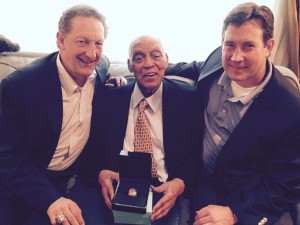
We revisit an interview recorded in 2010, just before his beloved San Francisco Giants won the first of their three World Series in a span of five years. Irvin walks us through his incredible life, from his early childhood in Alabama as the 11th of 13 children, through his family’s move to New Jersey, and an incredible career that landed him in the Baseball Hall of Fame.
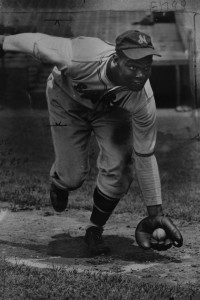
Considered by some to the greatest athlete ever from the state of New Jersey, Irvin starred in football, baseball, basketball, and track at Orange High School, even setting a state record in the javelin. Slated to attend the University of Michigan on a football scholarship, Irvin took a detour when a bacterial infection almost cost him his life. He ended up instead starring on the gridiron for Lincoln College in Pennsylvania, moonlighting in the offseason as a Negro League star named Jimmy Nelson. “Communications then wasn’t what it is now,” Irvin explained 70 years later. “You could get away with it.” The pseudonym allowed him to play in road games for the Newark Eagles, but when the Negro League team played home games in New Jersey, Irvin would warm up with the squad and then go sit in the stands, since people were really into sports in those times, similar that now are into computers and video games, which you can play online, and even find sites that shows this is how you rank in csgo to improve, although people also like to play games on their phones and use them to do things and doing bets with apps as coral, after this all you will need is to follow this android instructions to install coral. He was too recognizable in his home state to get away with the assumed identity. Irvin was a rising star in the Negro Leagues, going toe-to-toe with characters like Josh Gibson, the legendary catcher who Monte remembers as “the best hitter I’ve ever seen,” and heralded hurler Satchel Paige. But when America was drawn into World War II, Irvin was drafted into the Army, serving with the 1313th Engineer General Services Regiment in Europe.

You’ll hear the unique position Monte was in when he heard about the Japanese attack on Pearl Harbor, and how hard it was to head overseas and leave behind his wife and infant daughter. The Army was still segregated at the time, and the 1313th was made up exclusively of African-American servicemen. During the Battle of the Bulge, Irvin was in Reims, France, standing by to blow up bridges or defend fuel depots if necessary. He also spent time guarding prisoners, and endured artillery barrages that left him with severe ringing in his ears. He was proud to have served his country, and to have helped prove that African-American soldiers loved their country just as much as men of any other race. That World War II service, Irvin is convinced, helped pave the way for baseball’s color barrier to fall. In 1946, future Hall of Famers Satchel Paige and Bob Feller organized an all-star game pitting the best of the Negro Leagues against Major League stars. The results added momentum to the push for baseball’s integration.
“It showed everybody, including the scouts, that we could play baseball as well as anybody,” Irvin recalled. “All we needed was a chance.”
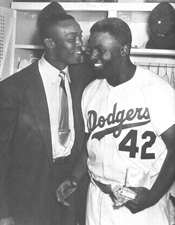
You’ll hear Irvin’s admiration for Jackie Robinson, who broke the color barrier, as well as Monte’s reasoning for passing up the opportunity to be the first black player in the majors. The ear problems that resulted from his war service had taken away from his performance on the diamond, and he didn’t feel he would be the best representative. Irvin followed Robinson into the big leagues in 1949, quickly becoming one of the most explosive hitters in the game. A monster season for Monte in 1951 helped bring the New York Giants from 13.5 games behind the Brooklyn Dodgers in mid-August, to a dramatic pennant-winning home run from Irvin’s good friend, Bobby Thomson, with Willie Mays in the on deck circle. “I’m the only one that made an out in that rally,” Irvin remembered about the bottom of the ninth against the Dodgers. “So (Thomson) got me off the hook and he got Willie off the hook because he didn’t have to come to the plate.”
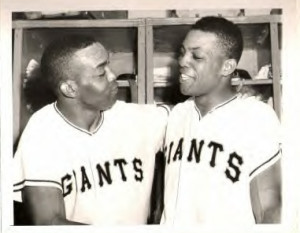
The World Series started the next day, and Irvin was amazing against the New York Yankees. He hit .458 for the series, and even stole home off of pitcher Allie Reynolds. Listen to the interview for a funny anecdote about Irvin’s banter with Yankees’ catcher Yogi Berra, whose tag came just a split second too late. Berra and the Bronx Bombers would get the last laugh, winning the series four games to two. Three years later the Giants got their title, when Mays made perhaps the most famous catch of all-time, robbing the Indians’ Vic Wertz in deep center field at the Polo Grounds. You’ll hear Irvin share another story about the exchange he and the “Say Hey Kid” had on the way in from the outfield after that inning. Monte’s manager in New York, Leo Durocher, was famous for the quote, “Nice guys finish last.” When it came time for Irvin to try to capture some of his remarkable life in print, he opted to title his autobiography Nice Guys Finish First. “Leo would do anything to win,” Irvin remembered. “I wanted to do the right thing and still win.”

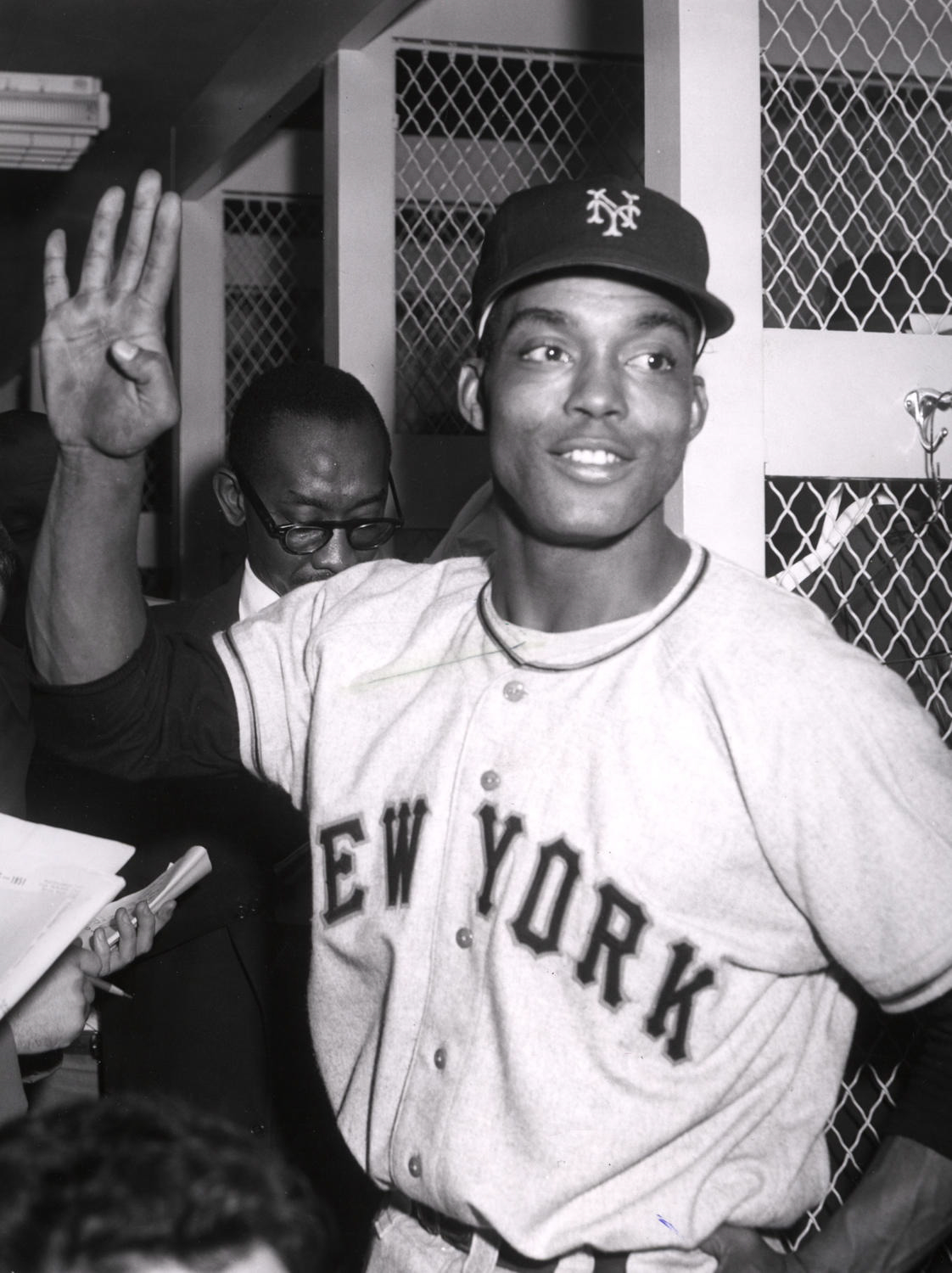
Leave a Reply